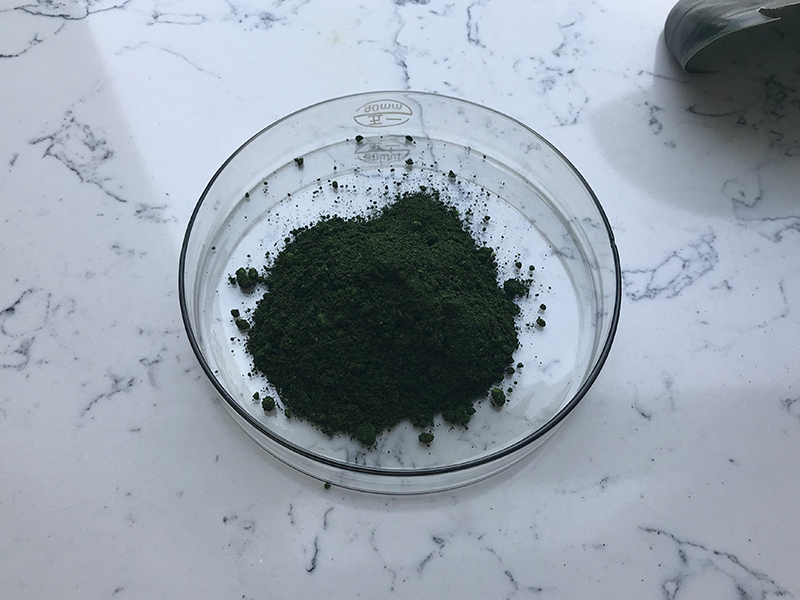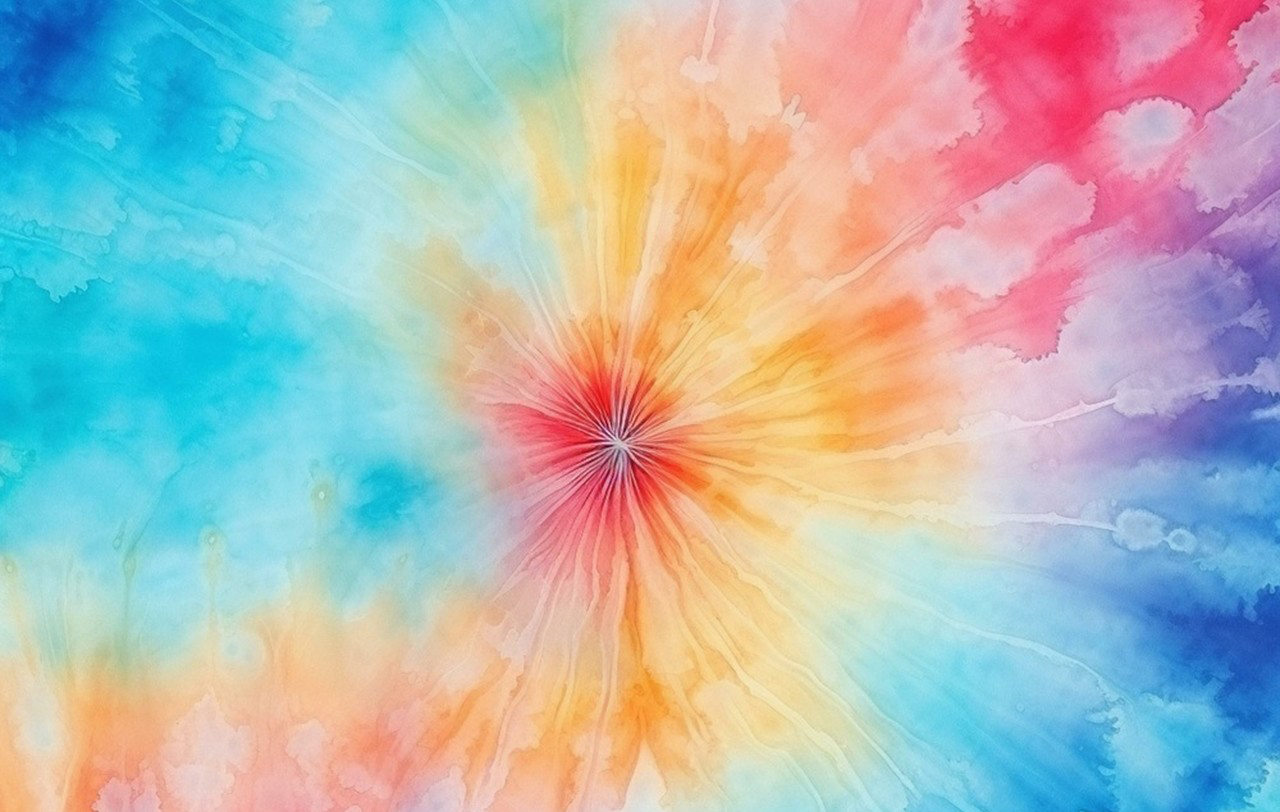Crystal violet /Gentian violet, is a synthetic dye with antifungal and antibacterial properties. It is a triarylmethane dye and has been used for various purposes, including as a histological stain for cell and tissue samples in laboratories.
Here are some key points about Crystal violet /Gentian violet:
Staining Agent: Crystal violet /Gentian violet is commonly used as a staining agent in microbiology and histology. It can be used to color bacteria, fungi, and other biological samples for microscopic examination.
Antiseptic Properties: Historically, Crystal violet /Gentian violet has been used as an antiseptic for various purposes, including the treatment of skin infections. However, its use as a topical antiseptic has decreased over time.
Veterinary Applications: Crystal violet /Gentian violet has also been used in veterinary medicine for treating certain animal infections.
Dermatology: In dermatology, Crystal violet /Gentian violet has been used for its staining properties in the diagnosis of skin diseases.
Potential Health Concerns: While Crystal violet /Gentian violet has been used for various applications, its use has raised some concerns due to its potential toxicity. In some cases, it has been replaced by other dyes with fewer health risks.
It’s important to note that the use of Crystal violet /Gentian violet has evolved, and alternatives may be preferred for certain applications. Additionally, regulations and recommendations regarding its use may vary by region and field of application.

How to use Crystal violet /Gentian violet?
Crystal violet /Gentian violet are both synthetic dyes with various applications, including use in microbiology and histology. Here’s a general guide on how to use them:
Crystal violet /Gentian violet:
1.Preparation of Crystal Violet Solution:
Typically, crystal violet is used as a staining solution. Prepare a crystal violet solution by dissolving the crystal violet powder in a suitable solvent, often water or ethanol. The concentration may vary depending on the specific application.
2.Sample Preparation:
Prepare your sample or specimen for staining. This could be a bacterial smear on a slide or a tissue section for histological studies.
3.Staining Procedure:
Flood the specimen with the crystal violet solution, ensuring that it covers the entire area of interest.
4.Incubation:
Allow the crystal violet solution to incubate on the sample for a specified period. The duration may depend on the staining protocol you are following.
5.Rinsing:
After incubation, rinse the specimen with a suitable buffer or solvent to remove excess stain.
6.Microscopic Examination:
Examine the stained specimen under a microscope to observe the desired structures or cells that have taken up the Crystal violet /Gentian violet.
7.Gentian Violet:
Preparation of Gentian Violet Solution:
Similar to crystal violet, prepare a gentian violet solution by dissolving the powder in a suitable solvent. The concentration may vary based on the application.

8.Sample Preparation:
Prepare the sample or specimen for staining. This could be a microbiological sample or a tissue section.
9.Staining Procedure:
Apply the gentian violet solution to the specimen, ensuring even coverage.
10.Incubation:
Allow the gentian violet solution to incubate on the sample for the recommended time.
11.Rinsing:
Rinse the specimen to remove excess stain.
12.Microscopic Examination:
Examine the stained specimen under a microscope to observe the desired structures or microorganisms.
Always follow specific staining protocols recommended for your particular application, as different protocols may exist for different types of samples and studies. Additionally, be cautious with handling these dyes, as they can stain skin and clothing.
